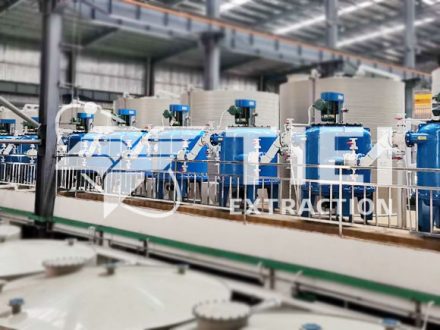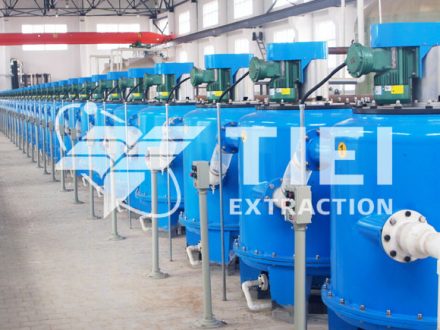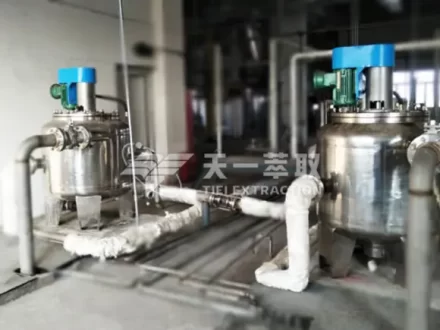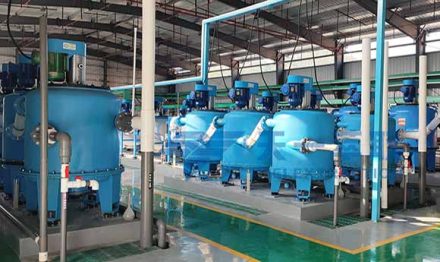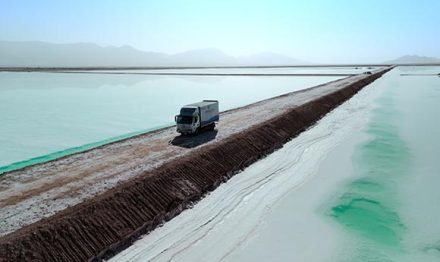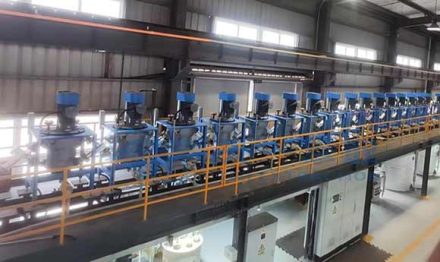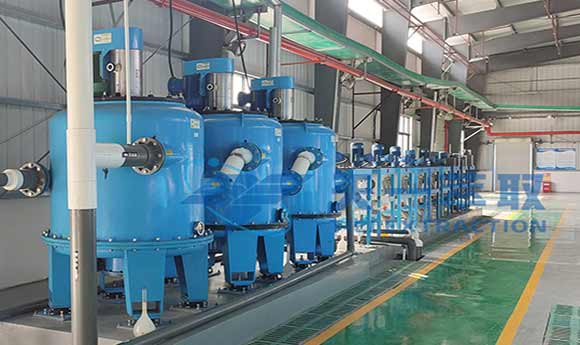
2-Naphthol, also known as β-naphthol and ethylnaphthol, is an important organic chemical raw material and dye intermediate, and is widely used in dyes, organic pigments, rubber antioxidants, medicines, pesticides and other fields. A large amount of 2-naphthol wastewater is discharged during the production of 2-naphthol. This type of wastewater has high concentration, high toxicity, dark color, high salt content, and is difficult to biodegrade, causing great harm to the human body and the environment.
The main methods for treating 2-naphthol wastewater include concentration, adsorption, chemical oxidation, biochemical, solvent extraction, etc. Among them, the solvent extraction method not only has the advantages of low equipment investment, small footprint, and simple operation, but also the main pollutants can be effectively recycled and reused. It is widely used in the extraction and separation of polar organic matter in reversible complex reactions. The complex extraction method is highly efficient and selective for the separation of dilute solutions of polar organic matter. Therefore, this wastewater is suitable for complex extraction treatment. After extraction, the COD of the wastewater is greatly reduced.
When treating wastewater, comprehensive consideration is required for the selection of extractants. Through research, it is found that HLE type extractants are specially used for the treatment of naphthalene wastewater. This extractant has the advantages of good selectivity, low solubility in water, low toxicity, and low volatility.
During the operation, high concentration 2-naphthol wastewater and HLE-type extractant are injected into the centrifugal extractor in a certain proportion. With the help of the rotation of the drum, the two phases are quickly mixed and dispersed through the impeller to complete the mixed mass transfer process. The mixed liquid enters the drum under the action of the vortex disk. Under the action of centrifugal force, the two-phase liquid is quickly separated and discharged from the body through different outlets to complete the two-phase separation process. After the first-stage extraction, the 2-naphthol wastewater changes from dark brown to light yellow, and the COD removal rate decreases significantly. After the second-stage extraction, the wastewater changes from light yellow to colorless and transparent, and the COD removal rate is greater than 99%. The device operates stably and the organic matter in the wastewater is effectively removed.
When treating high-concentration 2-naphthol wastewater, the CWL-M series new centrifugal extractor equipment is selected. The centrifugal extractor is a new, fast and efficient liquid-liquid extraction and separation equipment. Under the same processing capacity, the power consumption of this series of centrifugal extractors is only 10% to 30% of the traditional annular gap type. At the same time, the centrifugal extractor has a short stage residence time, rapid phase separation, high extraction efficiency, and saves investment costs and solvent recovery and regeneration costs, which has a significant effect on the treatment of high-concentration 2-naphthol wastewater.
For more details about centrifugal extractors, please consult us.
Email: sales@tieiextraction.com
Whatspp: +86 19069612820

